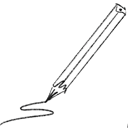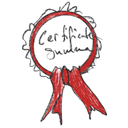Rule 1 | Let the line flutter
Lesson 5 | Let the line free flowing by drawing blindly
10 min.
How can we come closer to characteristic details? How can we get rid of negative control?
Where from do we get the rich information for a rich line and following – a interesting drawing.
Step 1 | Realx. Sit comfortably. Place both feet flat on the floor. Sit upright and ease into a posture that allows you to draw.
And the, let the line flutter.
Be as sensitive as possible. You now have to draw all visual information from the view of your hand. Drawing blindly is one of the greatest tricks of a living stroke.
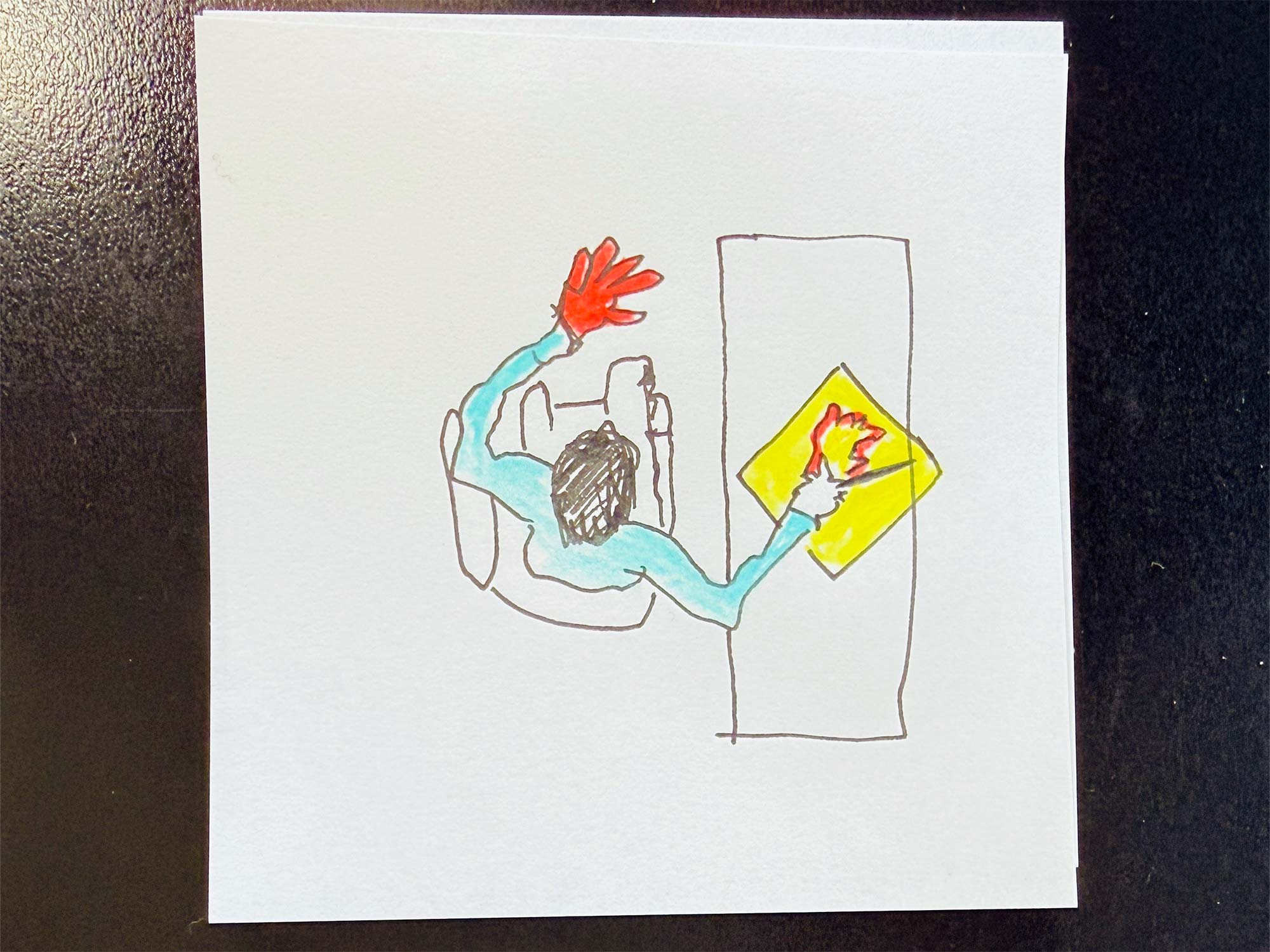
Turn your body away from the paper. Hold your eye only – and no cheating – on the hand /object that you draw.
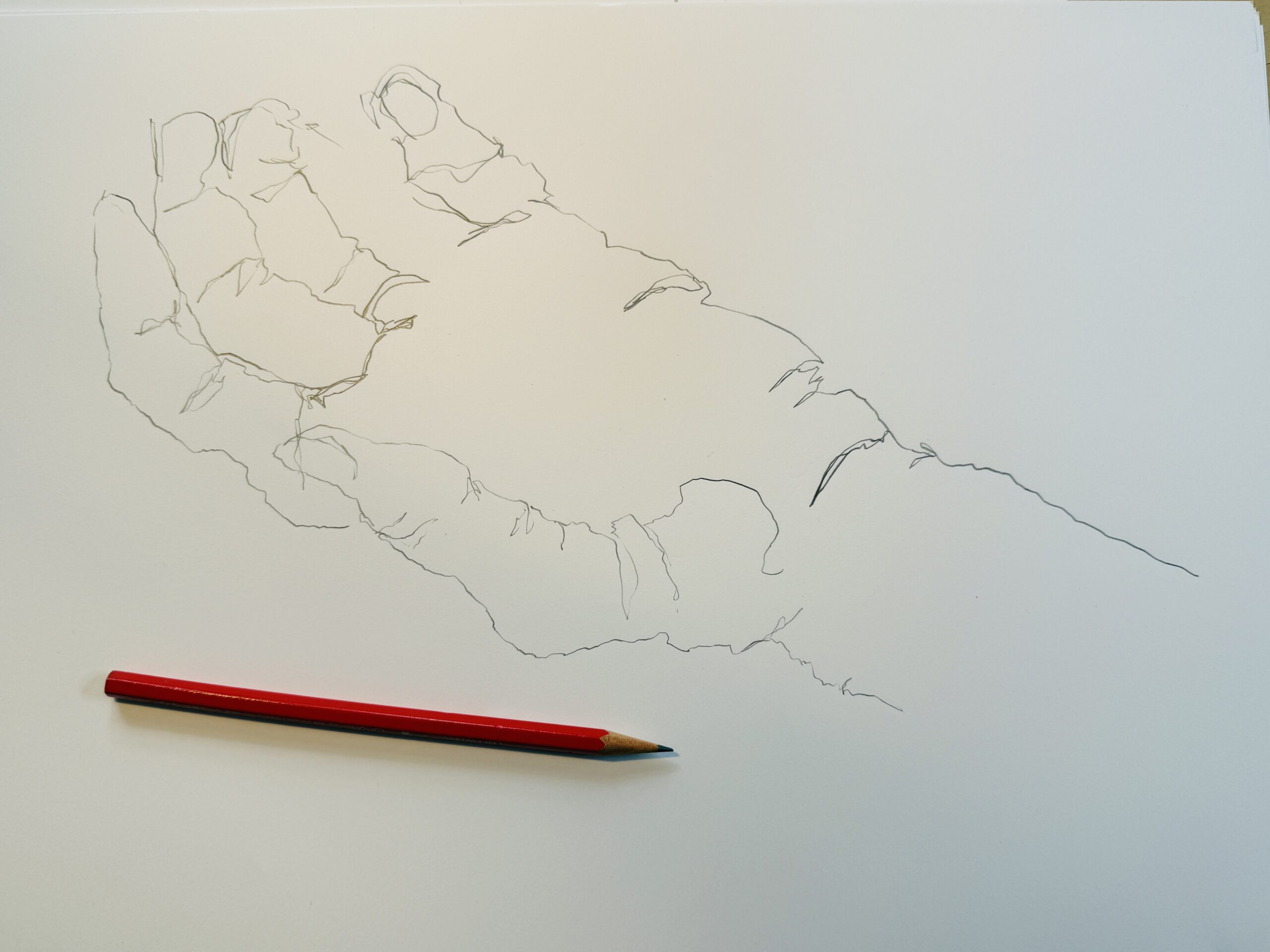
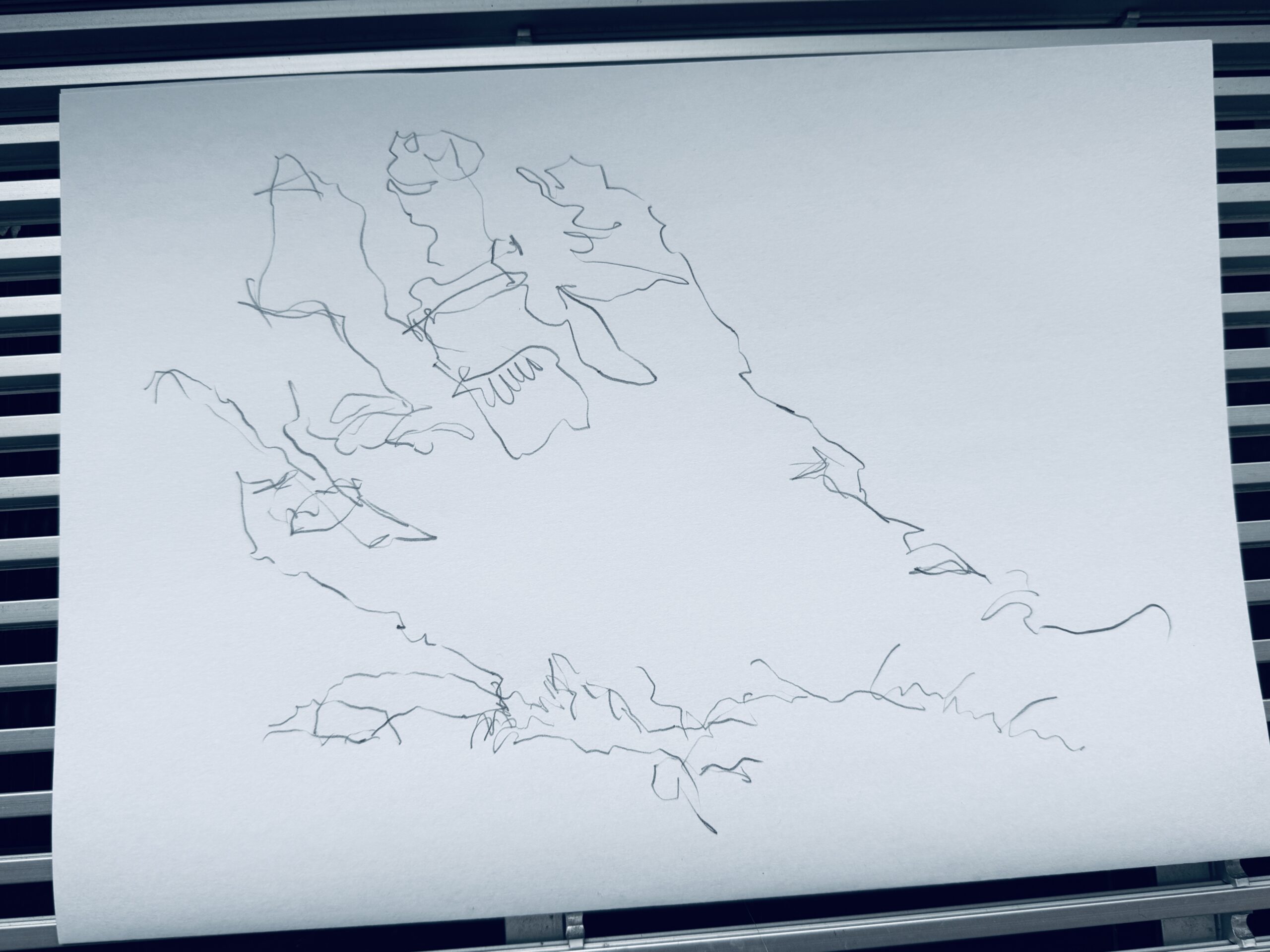
The more details you have in your drawing, the more professional your sketch looks.
A fully blind drawing
Follow me to see how I draw the lines. A 3 minutes drawing.
ASSIGNMENT | Make your exercise sheet and upload it
Use the buttons further down.
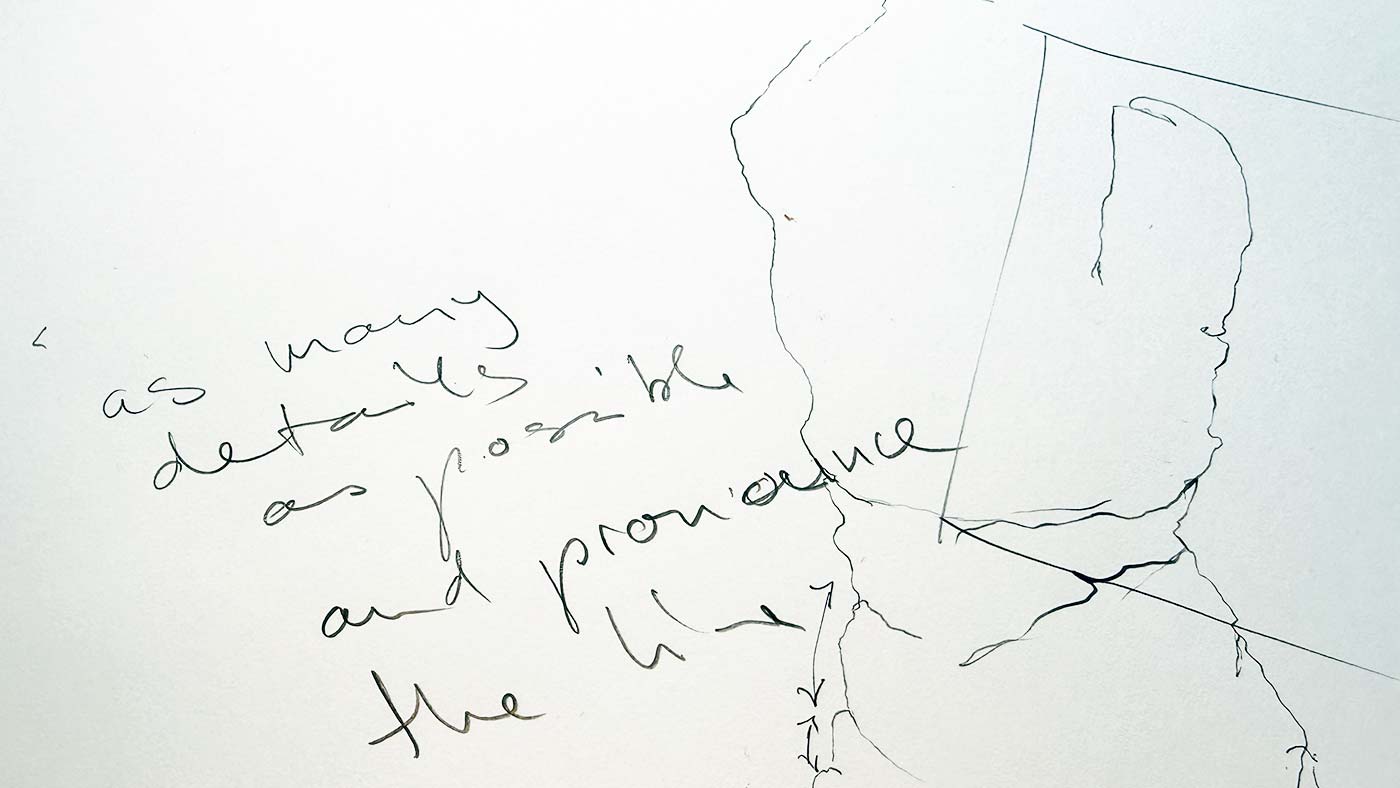
Free trial
Try one lesson and decide if you want to do the whole course. Click for the free trial ...
Certificate
If you want to achieve a certificate that proves your sketching skills, get all your information here ...

